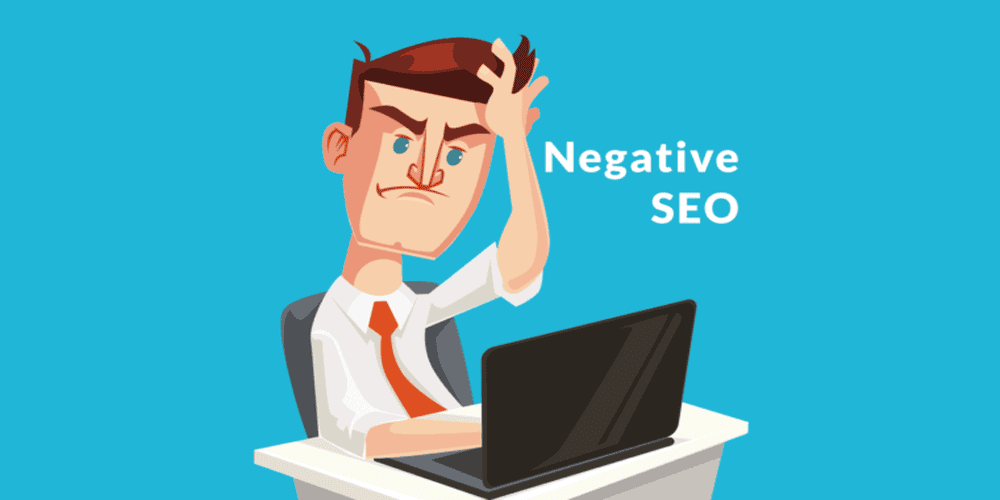Negative SEO is a malicious practice that involves using unethical and sometimes illegal tactics to harm a website’s search engine rankings. Negative SEO attacks can take many forms, including link spamming, fake reviews, content scraping, and more. If you suspect that your website has been the victim of a negative SEO attack, there are several steps you can take to identify and recover from it.
Check for changes in traffic and rankings: The first step in identifying a negative SEO attack is to look for any sudden drops in traffic or rankings. If you notice a significant decrease in either of these metrics, it could be a sign that your site has been targeted by a negative SEO campaign.

Identify & Recover from a Negative SEO Attack
Analyse your backlink profile: One of the most common tactics used in negative SEO attacks is to build low-quality or spammy links to a website. You can use tools like Ahrefs or SEMrush to analyse your backlink profile and identify any suspicious links.
Monitor your brand mentions: Negative SEO attackers may try to damage your reputation by creating fake reviews or spreading false information about your brand. By monitoring your brand mentions online, you can identify any negative publicity and take action to address it.
Check for duplicate content: Another common tactic used in negative SEO attacks is to copy content from a website and publish it elsewhere online. You can use tools like Copyscape to identify any duplicate content and take action to have it removed.
Take action to remove or disavow harmful links: If you identify any harmful links pointing to your site, you should take action to remove them or disavow them using Google’s disavow tool. This will help prevent any further damage to your site’s search engine rankings.
Improve your website’s security: Negative SEO attackers may try to hack into your website or use other security vulnerabilities to harm your site. By improving your website’s security, you can help prevent these types of attacks from happening in the first place.
Stay vigilant: Finally, it’s important to stay vigilant and monitor your website’s traffic, rankings, and backlink profile regularly. By staying alert to any changes or suspicious activity, you can take action quickly and minimise the impact of any negative SEO attacks.
File a report with search engines: If you suspect that a competitor or someone else is using negative SEO tactics against your site, you can file a report with search engines such as Google or Bing. These companies have policies in place to prevent negative SEO attacks and will investigate any reports of suspicious activity.
Engage with your audience: While negative SEO attacks can damage your reputation and search engine rankings, engaging with your audience can help mitigate the impact. Responding to customer reviews, addressing concerns, and actively participating in social media conversations can help build a positive reputation for your brand.
Stay informed: Finally, it’s important to stay up-to-date with the latest trends and tactics in the SEO industry. This will help you identify any new threats or vulnerabilities and take action to protect your site. Joining industry groups and attending conferences can help you stay informed and connected with other professionals in the field.
A negative SEO attacks can be devastating for your website’s search engine rankings and online reputation. By taking proactive steps to identify and recover from these attacks, you can minimise the impact and protect your site. It’s important to stay vigilant, stay informed, and engage with your audience to build a positive reputation and maintain your visibility in search engine results pages.





